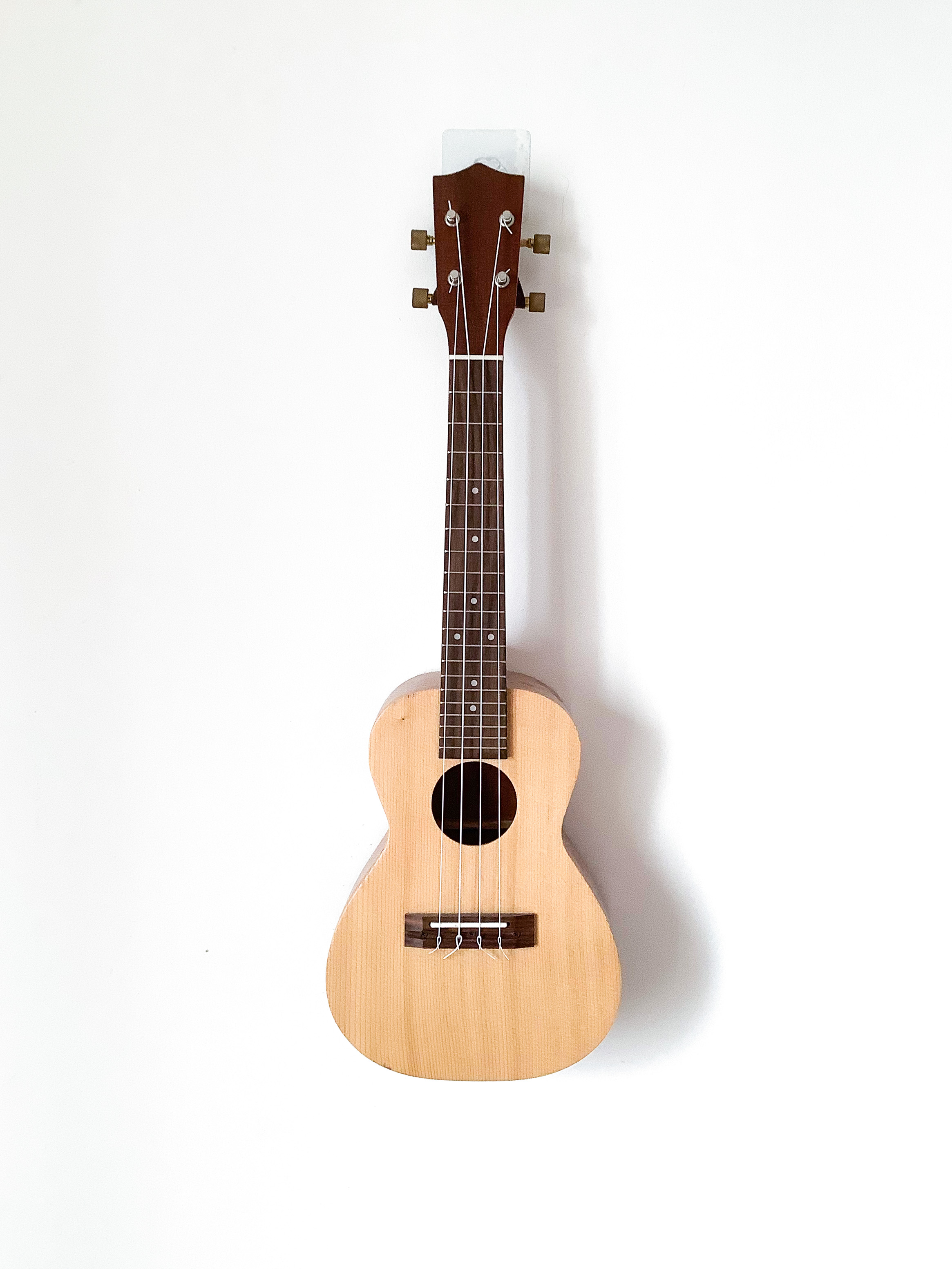Color-changable Bag
featured on Core77Solo projectThis is a bag woven with a single transparent tubing that can change its color patterns based on users’ preference. The fact that it’s filled with fluid liquid allows infinite computatinonal patterns out of one form.
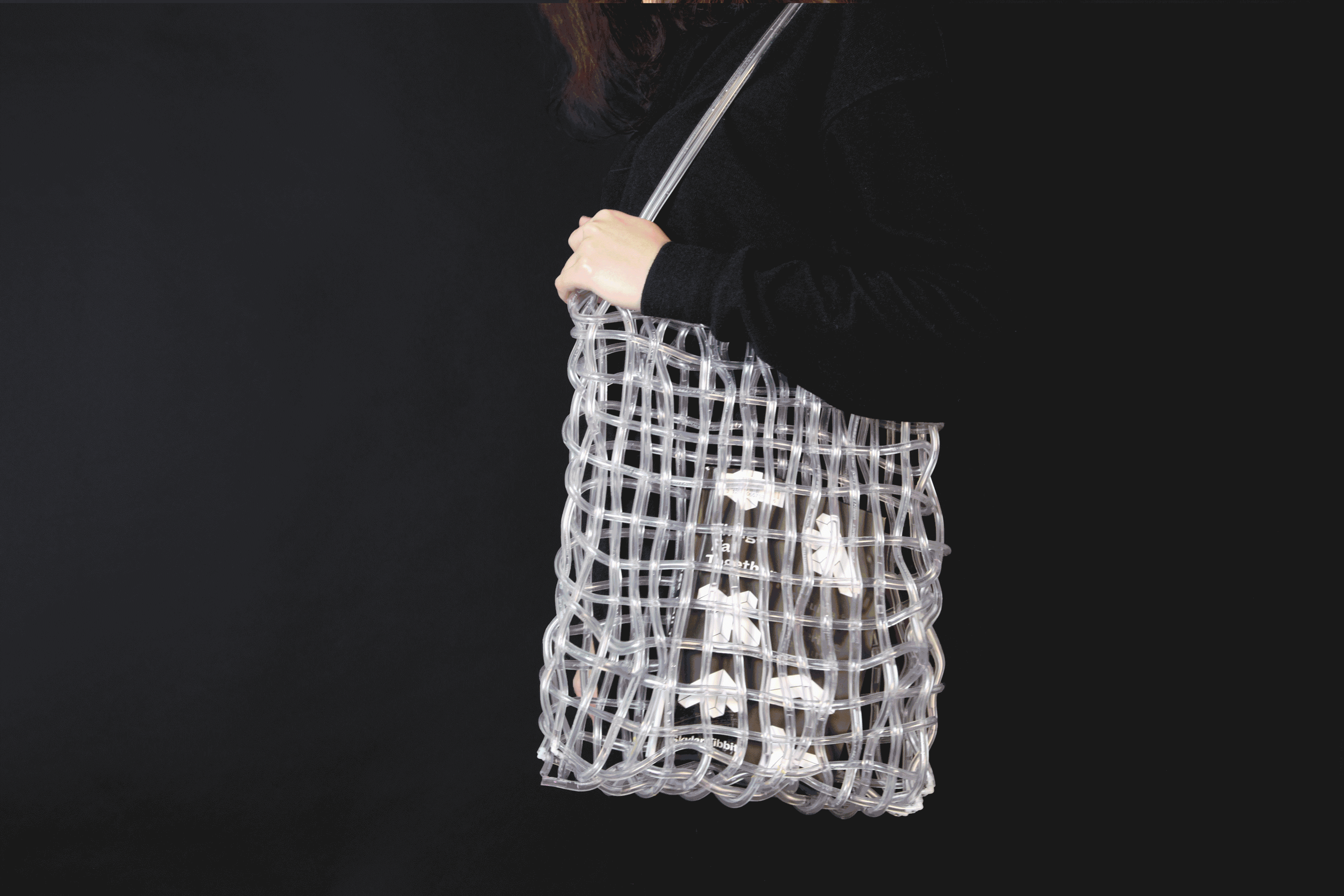
I was so intrigued by fascinating color patterns on traditional woven bags that he wondered if he could have all the patterns without buying all the bags. I took an alternative way of injecting colored liquid into a transparent bag woven by only one single tubing. A pattern can be formed when the air and liquid is injected sequentially into the tubing.
As for the material, I used the 1/4' OD, 1/8' ID soft tubing. It's natural flexibility and the small bending radius enables an easier weave as well as adequate space for the liquid to flow through.
In order to programmable control the pattern formed inside the tubing, I uses pumps to inject the colored water into the bag. And a microcontroller is used to precisely control the on and off of the water pumps and the air pump. In that way, the colored liquid can be separated into regular stripes and dots by the air pumped into the tubing. For example, the water pump injects pink liquid for 2 seconds, the air pump runs for 1 second before another round of water pump with green liquid, so that the two colored liquids can be separated by the air gap between them.
With the correct timing control, I was able to create dots and stripes with different colors forming many patterns on one single bag




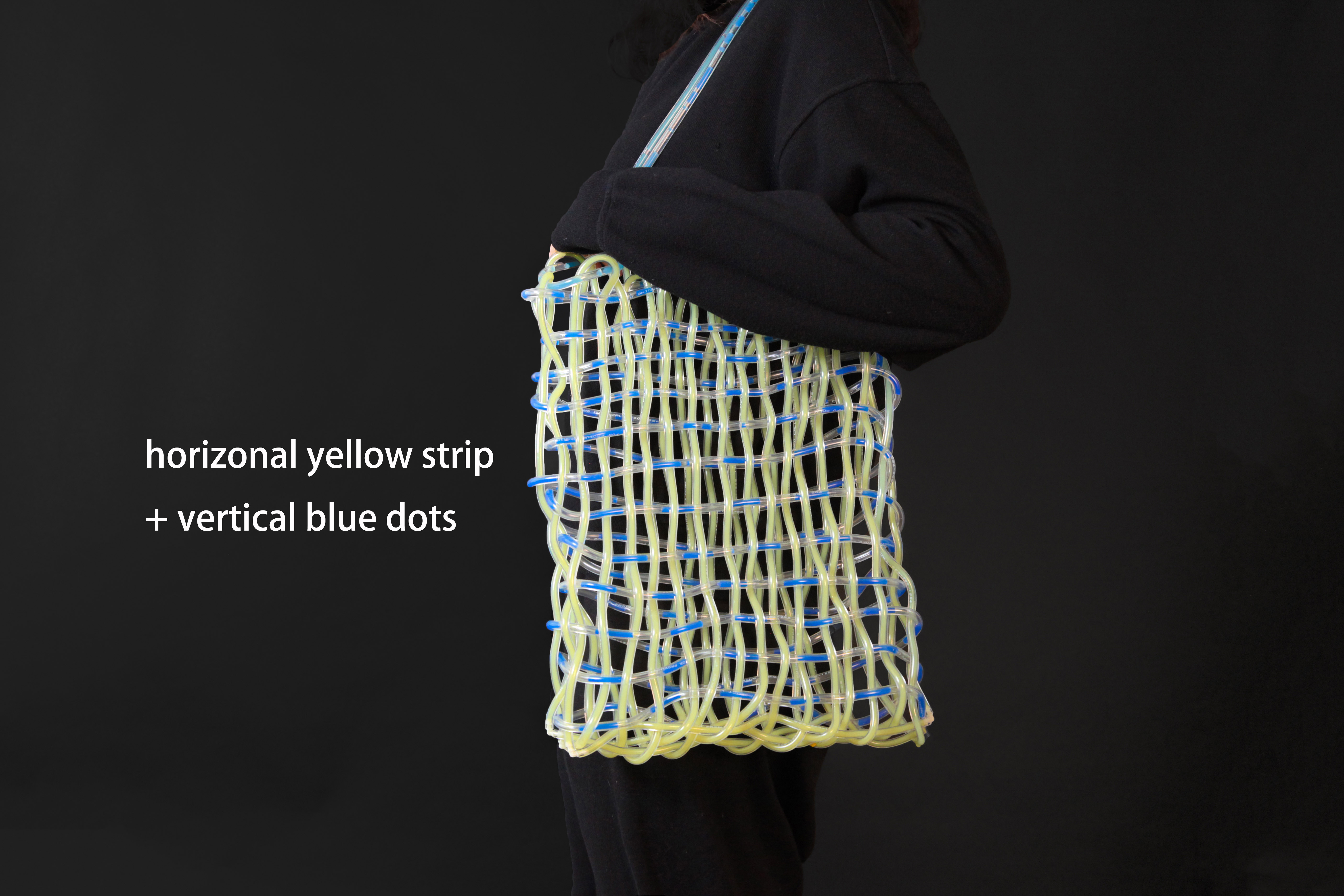







Process
seperating colored water & air
Problem unsolved: air lock
I thought I could create very tiny patterns like some many little squares or triangles on the bag. But I noticed that I cannot control the pattern very precisely becuase of air lock, a bothering phenonmenon happens in long tubes.Conductive slime
2021
This is an experiment of using water and flour to create this conductive slime as a tangible control. To acheive this, think of the slime as a potentiometer, simply read(analogRead Pin) the voltage change of the point where you moved, then mapping it to the height of the graph.
In this video, the p5 sketch will morph in the corresponding direction of how I shape the slime.
An equivalent schematic:


(I should use a voltage divider so that I only need two wires :) )
PCB Making
1. Customized Arduino(Atmega328), 12/2021
An ‘Arduino Uno’ tested on breadboard:
Arduino schematic drawn in Eagle:





2. An adjustable timer made with a 555 timer, 12/2022
3. Attiny85 Controlled Joule heating circuit

Failures🤣
The previous version with FTDI chip(USB to TTL converter), however, the chip was out of stock so I just abandoned the idea of intergrating it on borad.

Self fabricting PCB acid etched using Ferric chloride, made this in xFab’s classes:


Soft sensors & actuators
A collection fo self-designed circuits and sensors on textile, 04/2022#1 A stretchy sensor knitted with conductive yarn

#2 A soft parallel RC circuit I want to play with capacitor in a DC circuit that functions as a breif battery to power the LED after disconnected with the power source.

#3 Speaker on farbic
A knitted conductive coil with AC flow through function as speaker
#4 Heating controling & thermochromic ink
A heating controling circuit using QP30N06L MOSFET
#5 Shape memory alloy(nitinol) control Hoberman shpere morphing
(linear motion to whole shpere motion)

Handmade Ukulele(Wood & Metal work made in THU)
2020

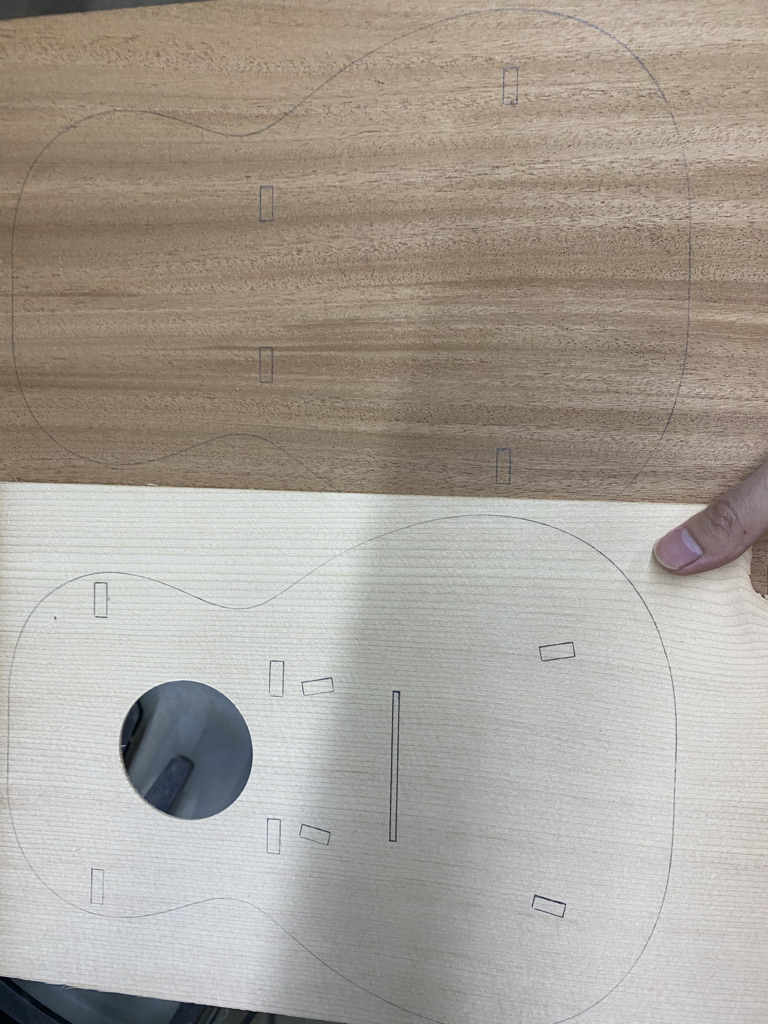




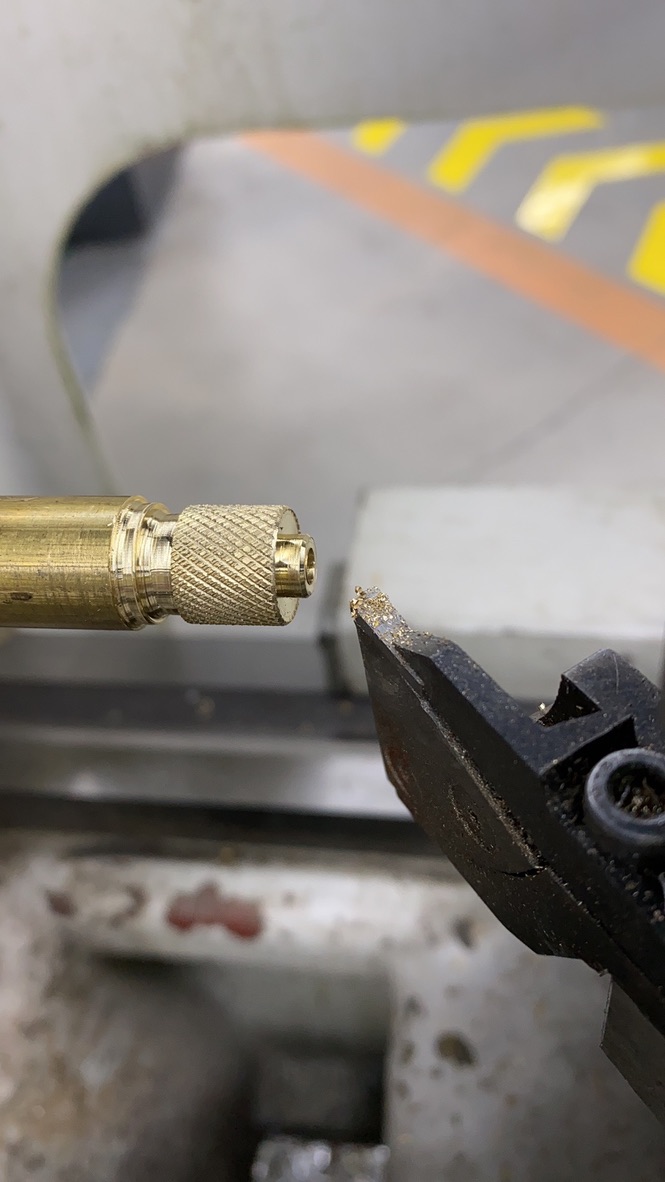







Final work

